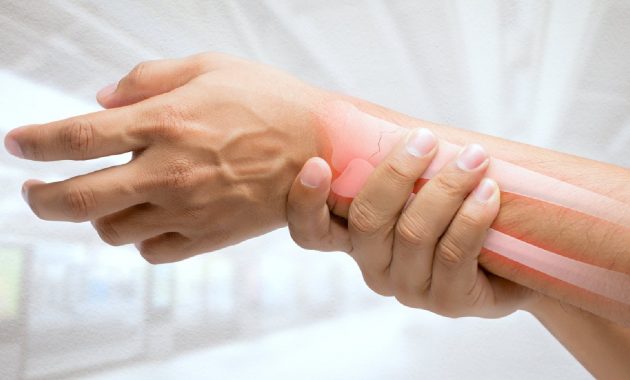Bone density test can tell you how your bones are faring as you grow older. Know when to go for the bone density test, and why it is important for you.
Healthy bone density levels are essential, as having less-dense bones can increase the risk of fractures. There is a strong link between calcium and bone density. If there is less calcium in your diet, it can lead to low bone density. But you can’t check your bone density at home. You must go through a bone density test or scan that is useful in knowing how healthy your bones are. It can help in the diagnosis of osteoporosis, a condition in which bones become very weak and brittle. But do people of all age groups need to take the non-invasive, and painless test? Read on to know all about the bone density test.
What is bone density?
Bone density is a measure of the amount of mineral content in bones, primarily calcium and phosphorus, which contribute to bone strength, explains orthopedic surgeon Dr Aprameya Joshi. Bone density fluctuates throughout life. It typically peaks in early adulthood and gradually decreases with age due to natural bone remodeling processes. Genetics, age, diet, and lifestyle choices, such as physical activity and smoking can affect your bone density. Women, particularly postmenopausal, are at a higher risk of developing low bone density due to hormonal changes that accelerate bone loss, says the expert.

Why is a bone density test important?
You may need to have a bone density test if you are over 50 years old and have a risk of developing osteoporosis, or you may be yet to turn 50, but had a bone injury.
The bone density test is vital for identifying individuals at risk of osteoporosis and related fractures, conditions that can severely impact quality of life. Osteoporosis is a condition that can affect anyone at any age, but older postmenopausal women are at a higher risk, according to UK’s National Health Service. Older women are at a higher risk because the level of oestrogen declines after menopause, and this results in a decrease in bone density.
Osteoporosis often progresses silently, making it crucial to detect low bone density early. After the test, you can make lifestyle modifications, such as increasing calcium and vitamin D intake, engaging in weight-bearing exercises, and avoiding smoking or excessive alcohol consumption. Also, medications may be prescribed to strengthen bones and mitigate fracture risk, making it important to take the test.
Also Read

How to check bone density?
The procedure for a bone density test is typically quick, non-invasive, and painless, with dual-energy X-ray absorptiometry (DXA) being the most common method used, says the expert. All you have to do is lie down on a padded table, as a scanning arm passes over you. This arm emits low-dose X-rays that measure bone mineral density in key areas, usually the hip and spine, where osteoporosis-related fractures are most likely to occur. The entire procedure usually takes about 10 to 30 minutes.
How to understand the bone density test results?
Bone density test results are primarily presented using two scores — T-scores and Z-scores.
1. The T-score
It compares a person’s bone density to the average peak bone density of a healthy young adult of the same sex. A T-score of -1.0 or above indicates normal bone density; a score between -1.0 and -2.5 suggests low bone density (osteopenia); and a score of -2.5 or lower indicates osteoporosis, says Dr Joshi.
2. The Z-score
It compares a person’s bone density to others of the same age and sex, offering context about whether their bone density is appropriate for their demographic. If this score is -2.0 or less, the bone density is low.

What are the limitations of the bone density test?
While bone density tests are instrumental in assessing fracture risk, they do have limitations.
Select Topics of your interest and let us customize your feed.
PERSONALISE NOW
- They primarily measure bone mineral density, which does not provide a complete picture of bone health. Factors such as bone quality, and the presence of other health conditions are also important. For instance, two people may have the same bone mineral density, but different fracture risks due to variations in bone composition or strength.
- The test may not accurately reflect bone density in certain people, such as those with advanced osteoporosis, where the remaining bone may be too fragile to measure reliably.
- Bone density test does not account for lifestyle factors, family history, or other clinical information that could impact fracture risk.
Bone density testing is essential for assessing bone health, but it should be used in conjunction with a comprehensive evaluation of risk factors and overall health.
#bone #density #test
